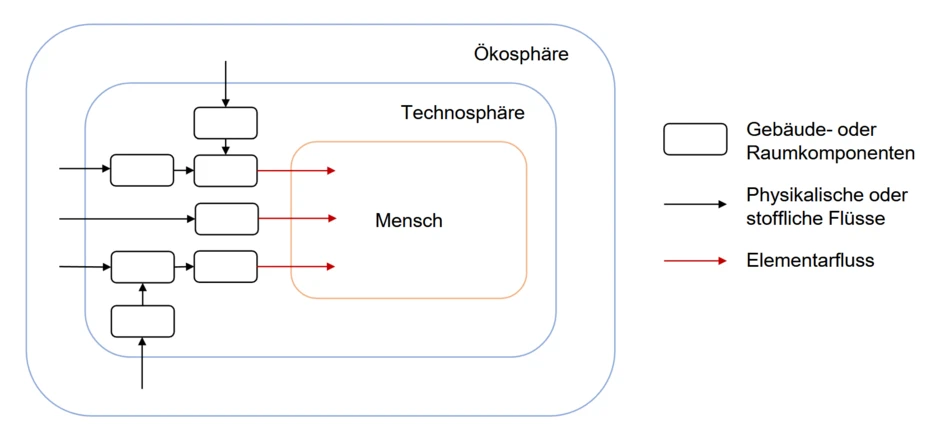People in Spaces
Our focus is on the interaction between space and the people who use it. While user comfort and well-being were traditionally the primary concerns, there is now a growing emphasis on efficiency and economic viability through targeted spatial design. Companies aim to create work environments that are not only pleasant but also enhance productivity. A deep understanding of the relationship between space and humans is crucial for optimizing work environments and sustainably fostering employee potential.
The impact of spatial design varies depending on the industry and activity. In call centers, for example, the focus is on acoustics to ensure optimal space utilization. In retail spaces such as supermarkets or jewelry stores, lighting design plays a decisive role, as it influences customer behavior and can thus boost sales.
Environmental factors within a space also significantly affect user behavior. Excessive noise levels, uncomfortable temperatures, or poor air quality can impair well-being and reduce performance. Therefore, it is essential to design physical aspects such as lighting, temperature, noise, color, and air quality in a way that supports the well-being and performance of space users.
An exemplary case is the doctoral dissertation by Ms. Binsfeld at the Chair of Building Physics, in which the typical simplified definitions of thermal comfort were expanded, resulting in a comprehensive evaluation methodology.
See dissertation: https://mediatum.ub.tum.de/doc/1687924/1687924.pdf
In addition, psychological factors such as thought processes, emotions, motivation, and behaviors are also considered—both on an individual level and with regard to interactions within teams or with customers.
See project HochhausBestand:
https://www.zukunftbau.de/projekte/forschungsfoerderung/1008187-2027
and
https://www.detail.de/de_de/hochhausbestand

Fig. 1: Relative humidity at critical points in an office building. Comparison of the risk of moisture damage under normative indoor conditions (left) versus measured indoor conditions (right).